What are the characteristics of Hechong Huakui 6.0 Coffee? description of the flavor and flavor of small grains of Huakui coffee beans
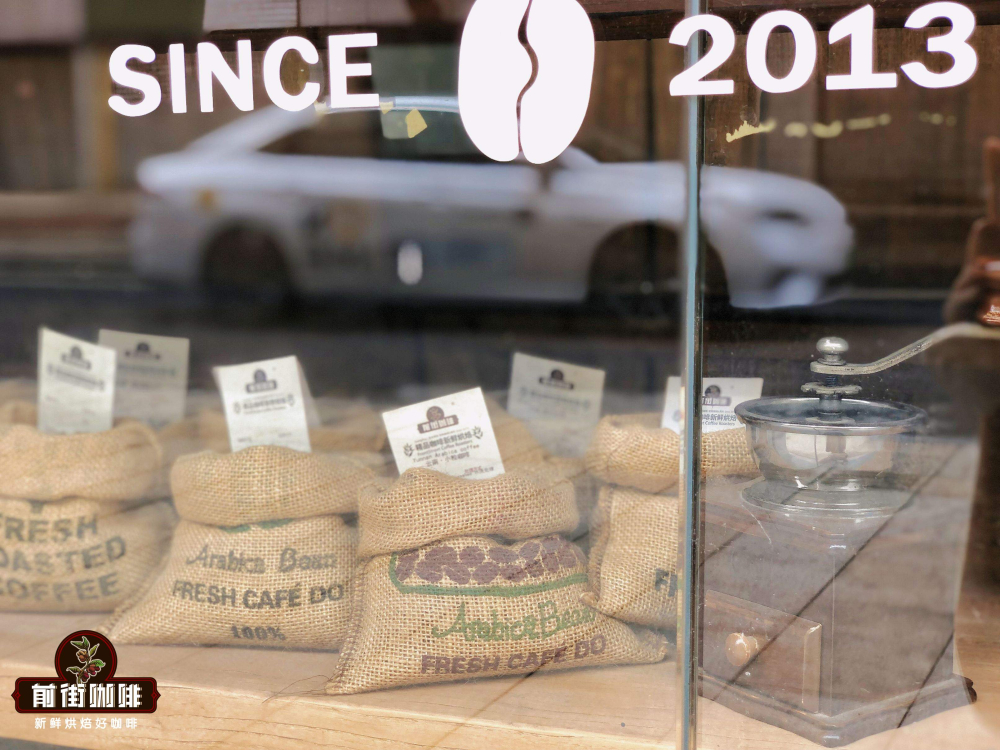
Huakui coffee beans have caused a heated discussion since Ruixing sold them out of stock in the first day on the shelves. Francis Chan openly diss Luckin Coffee monopolizes the Sakui coffee market on the Internet, while the focus that netizens can catch is that Lucky affected Francis Chan to drink Sakui coffee when he sold out of stock. This wave of reverse carrying goods is simply, at the same time, it also makes more people realize Huakui coffee.
People's understanding of coffee starts with the name, such as Blue Mountain Coffee, Blue Mountain is the name of the place of origin; Kona coffee, Kona is also the name of the place of origin. So is the word "Huakui" in Huakui coffee another name of origin? Actually, this is not the case. Huakui coffee is produced in the Humberazi producing area of Sidamoguji, Ethiopia.
Humbelazi is the highest growing area in Ethiopia, where it is planted at an altitude of more than 2000 meters, creating a significant temperature difference between day and night, and the fertile red soil rich in iron makes the coffee sour and sweet. The western part of the Humberraz producing area is opposite the Cochel Mountains in Yegashefi, which is separated by a mountain 3200 meters high and 30 kilometers wide.
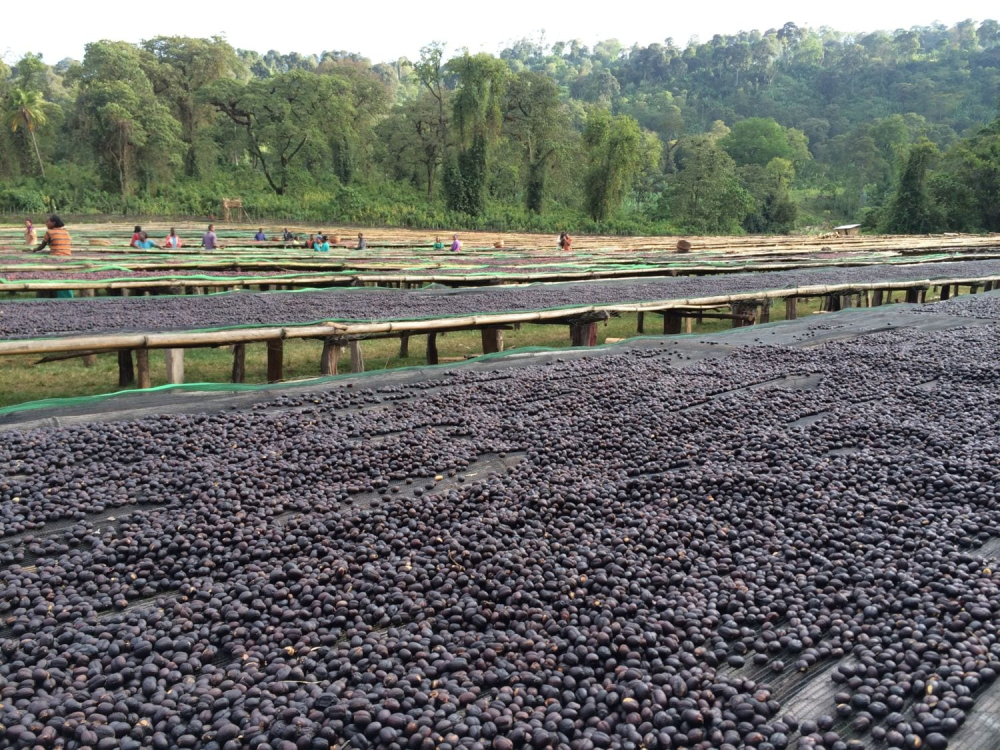
Seeing this, some friends may wonder: since Sakui Coffee is produced in Humbelazi producing area, why is it not Humbela Coffee, but Huakui Coffee? In fact, it has something to do with the prosperity history of Huakui Coffee in 2017.
In 2017, the Ethiopian company DW sent the sun-tanned coffee beans from its Buku Abel processing plant to participate in that year's TOH (Taste of Harvest) competition, which won the suntan group championship in Ethiopia.
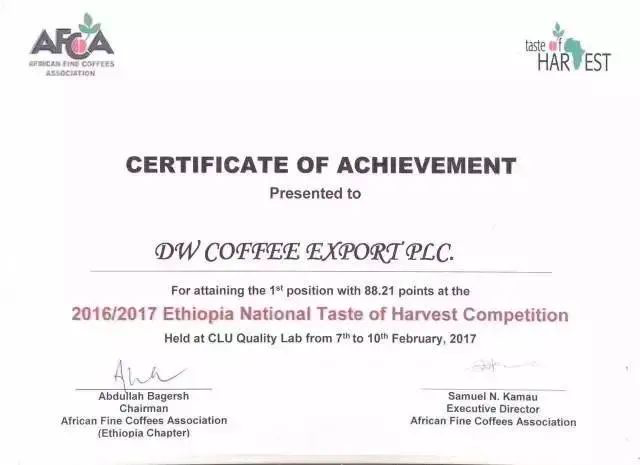
At that time, Hongshun, a Beijing raw bean merchant, took a fancy to the same batch of raw coffee beans and introduced them to China. The strawberry cream flavor that captured many judges by Ethiopia TOH Solar Champion was also stunned to domestic raw bean merchants. They only needed to make a slight improvement in the post-processing method of raw coffee beans. This coffee bean would have the potential to become the next Rose Summer Coffee, so it was named "Sakuran". The word "Huakui" has the meaning of "the head of a hundred flowers" in Chinese, which also shows that raw bean merchants place great hopes on this kind of coffee beans.
Also in 2017, in the Chinese arena of the World Coffee Brewing Competition, Rosa coffee beans spread across several competition zones, while Li Jianfei, who won the second place that year, used the same batch of Huakui coffee beans. The friends who heard the news were stunned that there were coffee beans with a better flavor than Rosa coffee beans. As a result, Huakui Coffee became more famous.
2017 is the hairline year of Sakui coffee beans, and in the years since then, coffee gluttons have never stopped pursuing Sakui coffee. Hongshun, as a raw bean merchant to discover this delicious food in the world, has been working hard for the IP of "Sakuran" and has been dealing with the producing areas for many years. It has already started in 2022, which also means that the new production season of Sakui coffee beans will also arrive soon, if according to the name of previous years' Sakui coffee, this season's Sakui coffee beans should be called "Sakui 6.0". However, the news from Qianjie is that Huakui coffee beans from the new production season in 2022 are still in production and are not expected to arrive in Hong Kong until April 2022. Of course, Qianjie also booked the batch at the first time. When the coffee arrived, Qianjie will share it with you.
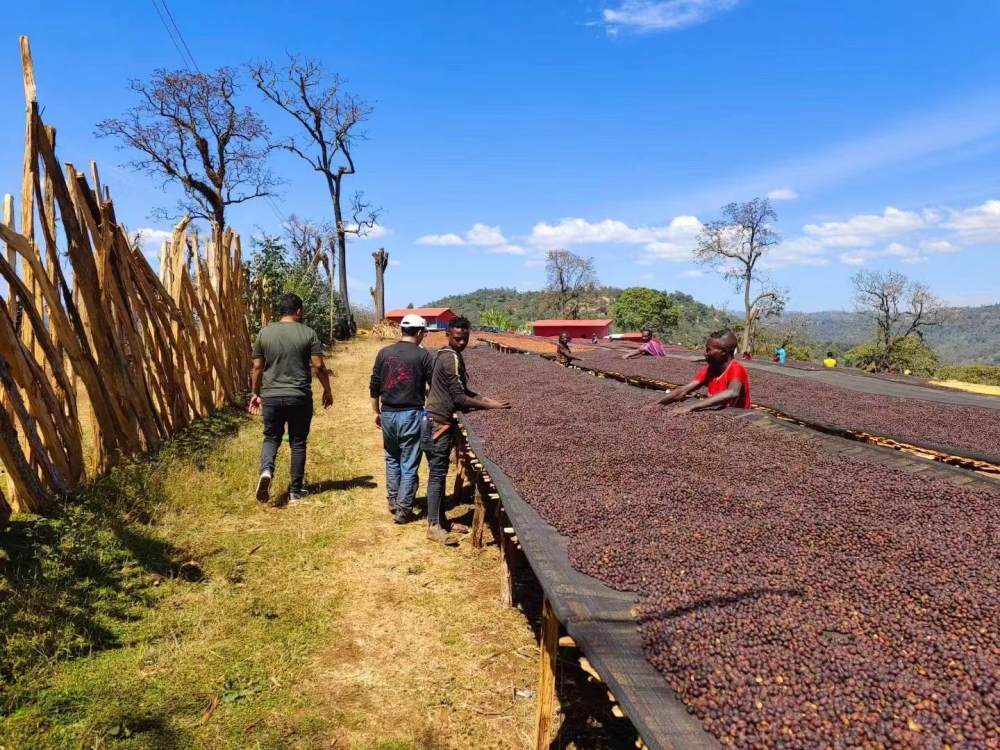
In front, the front street mentioned Sakui 6.0, and the Sakui coffee beans that you can see on the market are more called "Sakui 5.0". Friends who have grasped the knack may have found that the naming of Sakuran coffee beans follows the process of "Sakuran X.0". Sakui 2.0 in 2018, Sakuran 3.0 in 2019 and Sakui 4.0 in 2020 will be Sakui 5.0 in 2021 and Sakui 6.0 in 2022, of course.
Nowadays, there is not only Sakuran 5.0 on the bean list of Qianjie Coffee, but also a small Sakuran. Since 2017, Qianjie observation and tasting have learned that the unique aroma of Huakui coffee mainly comes from those small granule Huakui coffee beans. In 2020, DW's Buku Abel processing plant will directly treat the small granules of Sakuran coffee beans separately and into a separate product, which means that Xiaogui is not included in the "Sakuran X.0" series.
In addition, Qianjie learned that domestic raw bean merchants imported only 30 to 40 tons of Sakui coffee beans in 2021 alone, while Ruixin bought 90 tons of Sakui coffee beans in Francis Chan's public diss. In front of Qianjie, it is also mentioned that Huakui Coffee comes from the Buku Abel processing station in Humbelazi producing area.
Buku Abel treatment Station is a coffee tanning plant managed by DW Company with 20 years of experience. The processing station is located 400km from the village of Buku in Addis Ababa, Ethiopia. The coffee-growing land in the village is surrounded by fake bananas, the local staple food. Qianjie believes that the coffee beans that can be called Huakui are sun-dried coffee beans from the Buku Abel processing plant.
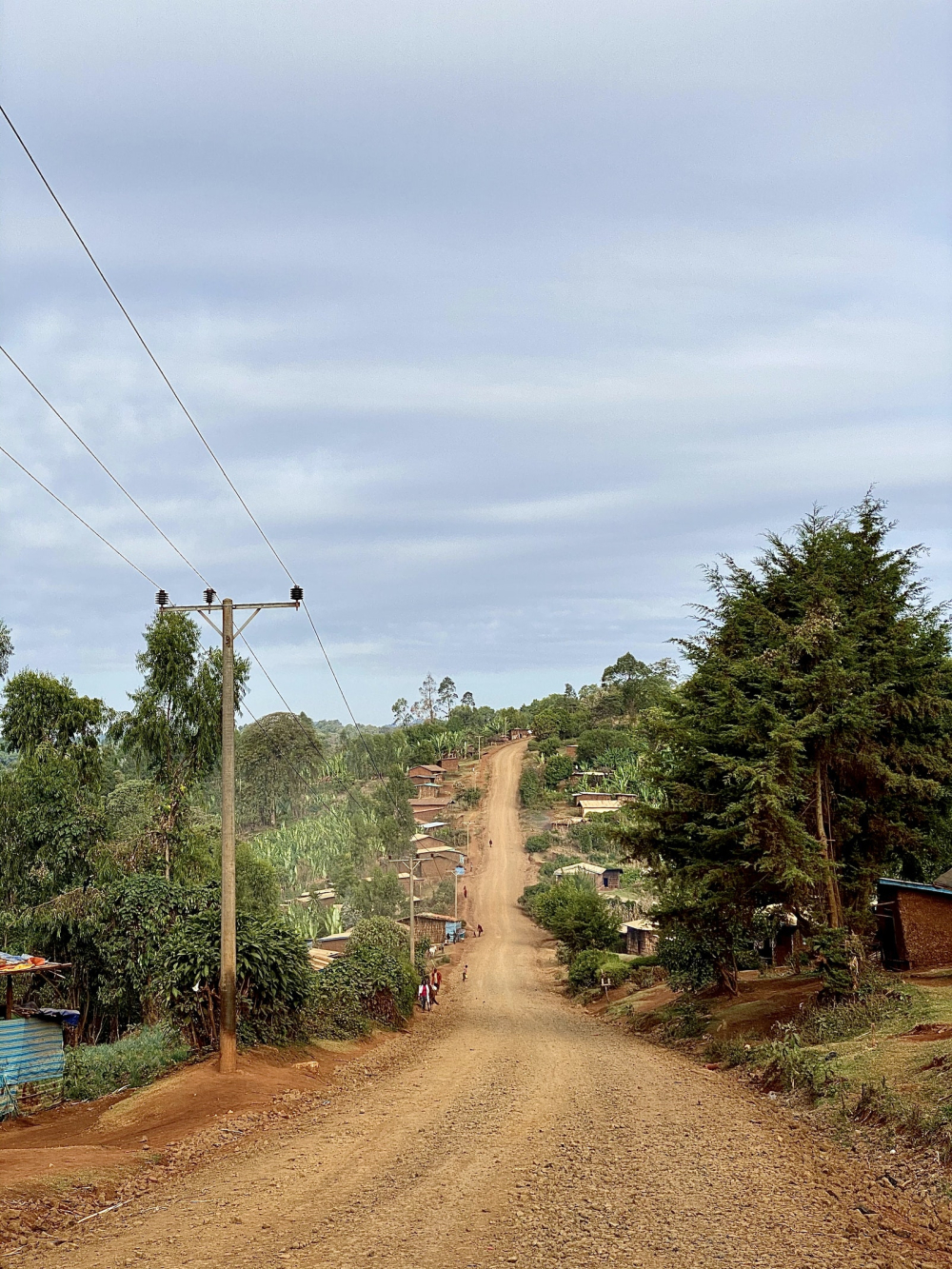
Through the cup test in Qianjie, it is found that the flavor of two kinds of Sakui coffee produced in Buku Abel processing station is more similar to that of citrus and berry, light floral aroma, tropical fruit juice, etc., while the flavor of Xiaogui coffee is more similar to the strawberry cream flavor of the 2021 Ethiopian TOH tanning champion batch.
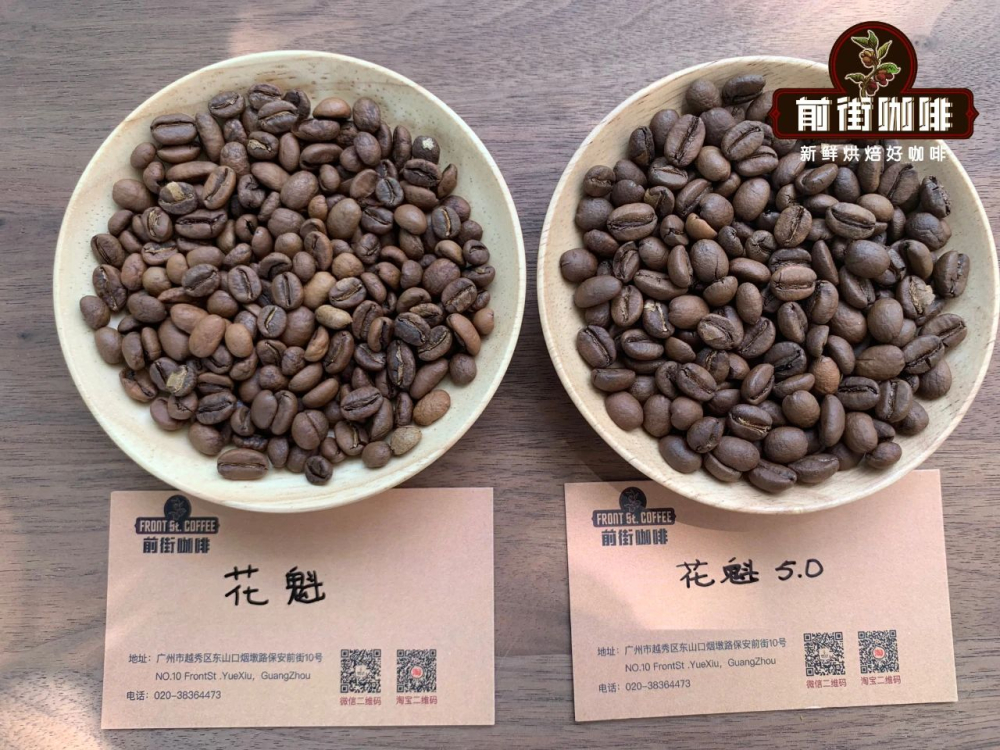
Because Qianjie roasted these two types of Huakui coffee beans, in order to retain more sour berries and bright taste, the degree of medium-light roasting was adopted. When cooking, Qianjie recommends using a water temperature of 91 degrees Celsius, Hario V60 filter cup, and medium and fine grinding.
As the ribs of the V60 filter cup are distributed in a curved shape from top to bottom, and the length is different, the exhaust is smoother and the flow rate is faster when cooking. Therefore, the general selection of this filter cup will use segmented extraction, one can slow the flow rate of water flow, the other is to improve the extraction, to a certain extent, it can reduce the lack of extraction caused by fast flow rate.
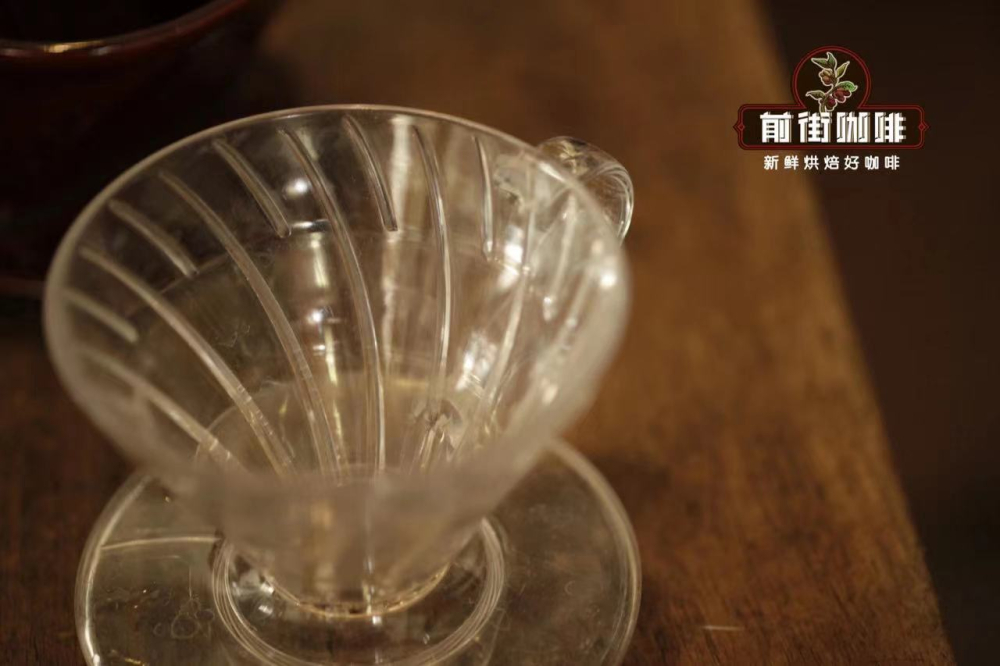
Filter cup: Hario V60
Water temperature: 91 degrees Celsius
Amount of powder: 15g
Ratio of powder to water: 1:15
Grinding degree: the pass rate of Chinese standard No. 20 screen is 80%.
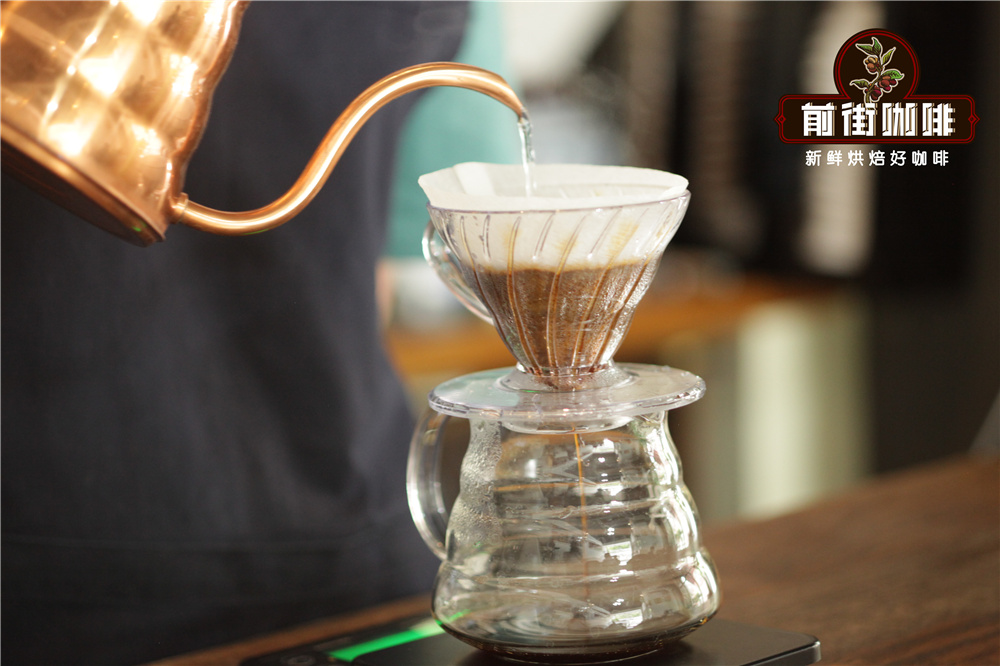
When brewing with water, Qianjie recommends the use of three-stage water injection, thus giving the coffee a richer sense of hierarchy. First inject 30 grams of hot water into the completely moist coffee powder and steam for 30 seconds, the center point of small water injection and slowly circle water injection to 125 grams for segments, such as the filter cup water level is about to reveal the powder bed to continue water injection, gently inject and slowly circle water injection to 225 grams stop water injection action, such as the filter cup water completely dripped to the next pot can remove the filter cup, the total extraction time is about 2 minutes.
For more information about coffee beans, please follow the coffee workshop (Wechat official account cafe_style) and exchange professional coffee knowledge. Please add Wechat account kaixinguoguo0925.
Important Notice :
前街咖啡 FrontStreet Coffee has moved to new addredd:
FrontStreet Coffee Address: 315,Donghua East Road,GuangZhou
Tel:020 38364473
- Prev
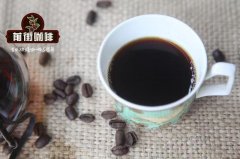
What kind of beans is Huakui Coffee Bean? a brief introduction to the characteristics of sunny Huakui coffee beans
Professional Coffee knowledge Exchange more coffee bean information Please follow Coffee Workshop (Wechat official account cafe_style) Qianjie Coffee-Sidamohan Bella Sakuran Coffee sharing the word "original species" represents the ancient species of plants that were originally planted to eat, some people define a variety that takes more than 100 years to be called a native species, others say 50 years. And then some people will put before 1945
- Next
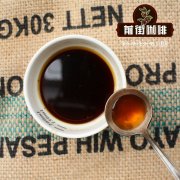
What are the flavor characteristics of Essex Flower Kui Coffee? a brief introduction to the characteristics of Sidamo Huakui coffee beans
Professional coffee knowledge exchange more coffee bean information please follow the coffee workshop (Wechat official account cafe_style) Qianjie Coffee-Sidamo flower Kuifa pot brewing sharing Ethiopian coffee is highly rated in China, especially the Chinese people are particularly interested in and love the Sidamo and Yirgacheffe producing areas of Ethiopia. Sidama province
Related
- Beginners will see the "Coffee pull flower" guide!
- What is the difference between ice blog purified milk and ordinary milk coffee?
- Why is the Philippines the largest producer of crops in Liberia?
- For coffee extraction, should the fine powder be retained?
- How does extracted espresso fill pressed powder? How much strength does it take to press the powder?
- How to make jasmine cold extract coffee? Is the jasmine + latte good?
- Will this little toy really make the coffee taste better? How does Lily Drip affect coffee extraction?
- Will the action of slapping the filter cup also affect coffee extraction?
- What's the difference between powder-to-water ratio and powder-to-liquid ratio?
- What is the Ethiopian local species? What does it have to do with Heirloom native species?

